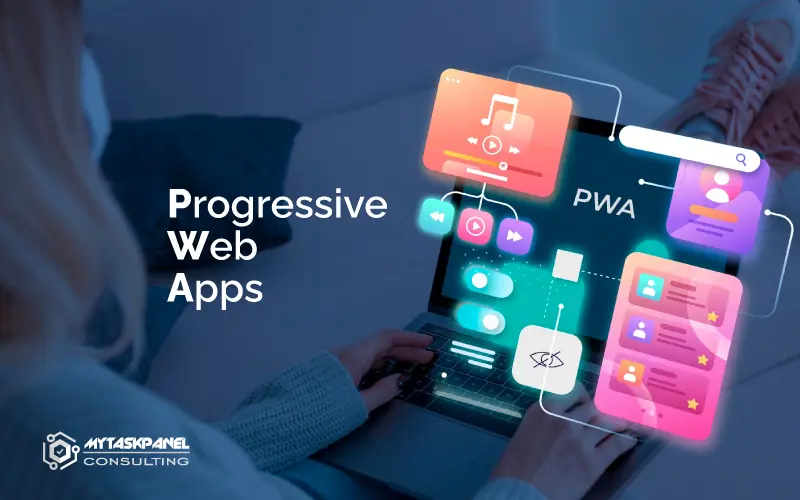ABCDou Insights
Exploring the world of news, trends, and information.
Why Your Next App Should Take a Progressive Step Forward
Discover how progressive web apps can elevate user experience, boost engagement, and future-proof your next project—don't miss out!
The Benefits of Progressive Web Apps: Why Your Next Project Should Embrace Change
Progressive Web Apps (PWAs) have emerged as a powerful solution for modern web development, offering numerous benefits that make them an ideal choice for your next project. Firstly, PWAs provide an enhanced user experience through their ability to load instantly, even on slow networks, thanks to caching strategies. This means that users can access your application quickly, resulting in lower bounce rates and improved engagement. Furthermore, PWAs offer offline capabilities, enabling users to continue accessing content and features without an internet connection, which can significantly increase overall satisfaction.
Additionally, PWAs bring cost-efficiency to the development process. By using a single codebase, developers can create applications that function seamlessly across various platforms, including desktop and mobile. This not only reduces the time and resources needed for development but also simplifies maintenance and updates. With the increasing importance of mobile-first design, embracing PWAs ensures that your project remains relevant and competitive in today's dynamic digital landscape, making it a smart decision for forward-thinking businesses.

How Progressive Features Can Enhance User Experience in Mobile Applications
In the rapidly evolving world of mobile applications, progressive features play a crucial role in enhancing user experience. These features, which adapt and improve based on user interactions and preferences, can significantly increase engagement and satisfaction. For instance, personalized content delivery ensures that users receive information that is relevant to them, making their experience more meaningful. Additionally, features such as offline access and adaptive loading not only improve performance but also foster a sense of reliability in the application, encouraging users to return.
Moreover, implementing progressive features can lead to increased accessibility, allowing users from different backgrounds and with varying abilities to utilize the application effectively. For example, voice commands and gesture controls enable users with disabilities to navigate more easily. This inclusivity not only broadens the app's user base but also reflects positively on the brand’s image. As developers continue to innovate, focusing on these progressive features will be essential in creating a seamless and enjoyable user experience that keeps users coming back for more.
Is Your App Ready for a Progressive Upgrade? Key Indicators to Consider
As the digital landscape evolves, ensuring that your app is ready for a progressive upgrade is crucial for maintaining user engagement and satisfaction. Key indicators to consider include user feedback, performance metrics, and technology updates. Analyze user feedback to identify pain points or desired features. A significant number of negative reviews or requests for enhancements can point to the need for an upgrade. Additionally, monitor performance metrics such as load times, crash reports, and usability. If your app is lagging behind the competition in these areas, it may be time to elevate its features and functionalities.
Another vital aspect to evaluate is the technology stack on which your app is built. Outdated frameworks and libraries can hinder performance and limit compatibility with newer devices or operating systems. Conduct a comprehensive audit to identify any obsolete components that require attention. Furthermore, consider the potential impact of an upgrade on your user base; a seamless transition is essential to retain users. If your app supports a growing number of users and devices, investing in a progressive upgrade can ensure scalability and enhance the overall user experience.